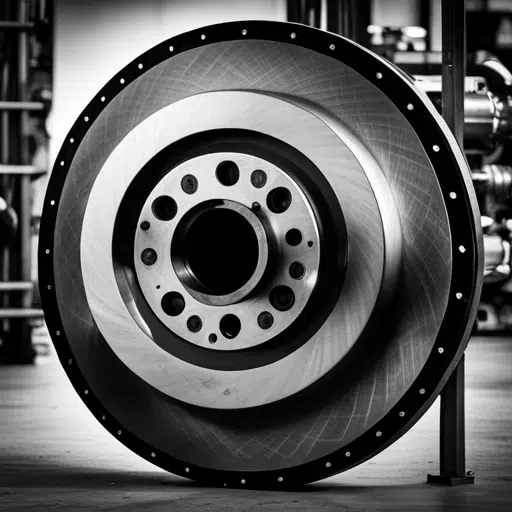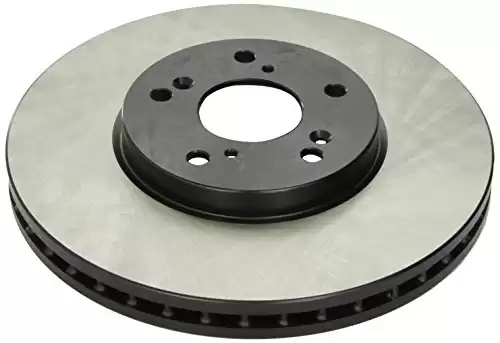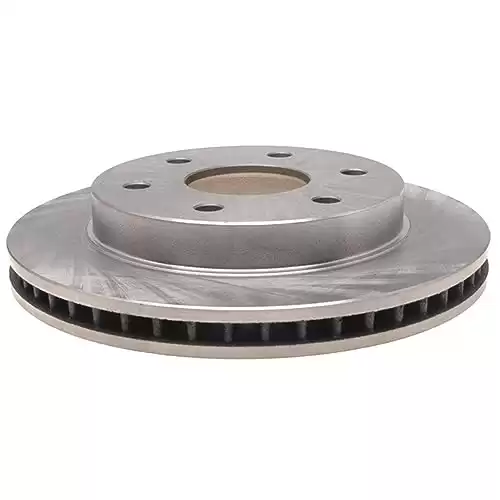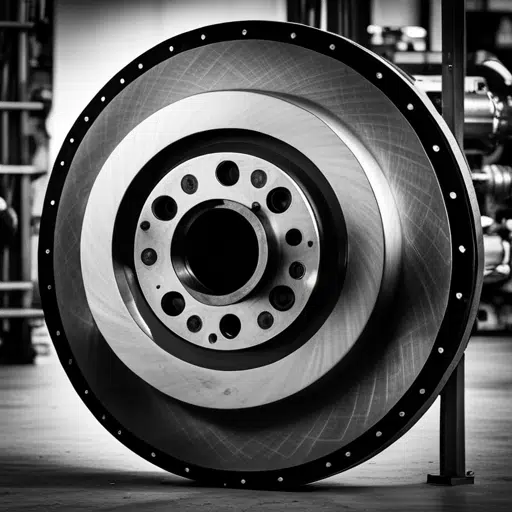
Rotors warping is a common problem that can significantly impact a vehicle’s braking performance and overall safety. This issue typically arises due to excessive heat, improper installation, and uneven torquing of lug nuts. This article provides a comprehensive guide to understanding rotors warping, identifying its symptoms, and finding practical solutions to prevent further damage.
Understanding the Causes of Rotor Warping
Brake rotors, known also as brake discs, are integral components of your vehicle’s braking system. Attached to your vehicle’s wheels, the rotors spin synchronously with them. When you apply the brakes, brake pads clamp down on the rotors to produce friction that decelerates the wheel, ultimately bringing your car to a halt.
Over time, due to excessive heat and friction, brake rotors can warp or become damaged. Warped rotors can lead to your vehicle vibrating when braking, reduced braking efficacy, and in certain cases, premature wear and tear of your vehicle’s brake pads. If you suspect your brake rotors might be warped, it’s crucial to have them inspected by a professional mechanic immediately.
Culprits Behind Warping of Brake Rotors
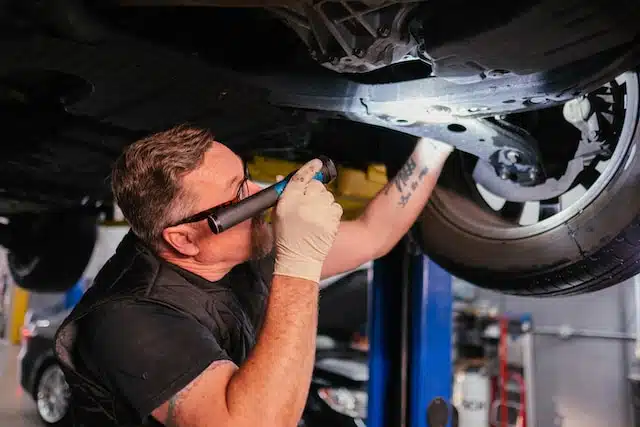
Several factors can lead to the warping of brake rotors, some of the most common ones are:
Excessive Heat
One of the primary causes of rotor warping is the excessive heat generated from the friction between the brake pads and rotors. This heat can lead to the expansion and contraction of the rotor’s metal, which, over time, can result in deformation or “warping.”
Hard Braking
Frequent hard braking or driving in stop-and-go traffic can increase the likelihood of rotor warping due to the excessive heat and friction generated in such conditions.
Improper Maintenance
Negligence in maintenance can also contribute to rotor warping. Regular inspection of your vehicle’s brake pads and rotors for wear is necessary. Worn-out brake pads may not dissipate heat effectively, contributing to rotor warping. Additionally, if the brake system is not cleaned regularly, accumulated brake fluid and debris can cause the rotor to warp.
Rough Road Conditions
Driving on rough roads can put additional stress on the rotors, causing them to warp over time. Potholes, speed bumps, and other road obstacles can contribute to this.
Manufacturing Defects
Occasionally, manufacturing defects can make brake rotors more susceptible to warping under heat and stress.
Others Factors
Other factors that can lead to brake rotor warping include frequent braking in mountainous terrains, towing heavy loads, prolonged application of brakes, driving in stop-and-go traffic, and not allowing sufficient time for your brakes to cool down post high-speed driving.
The brake rotors can also become glazed due to the material from the brake pads rubbing off onto the rotors when the brake pads get very hot. This uneven layer reduces the overall efficiency of the brakes. Further, the surface of the rotor can wear down due to excessive heat, causing certain metal areas to rise. This warps the surface, making it uneven.
If you notice vibrations when applying brakes, don’t delay getting them inspected. Warped brake rotors can adversely affect your braking performance and lead to premature wear of your vehicle’s brake pads.
Identifying Symptoms of Warped Rotors
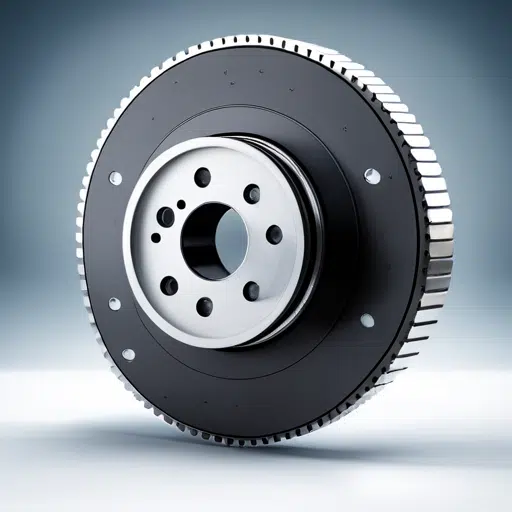
The symptoms of warped rotors are usually noticeable during braking. They include:
Unusual Vibrations
If the steering wheel or brake pedal vibrates when you apply the brakes, this could be a sign of warped rotors.
Inconsistent Brake Pedal Feel
If the brake pedal feels inconsistent or “spongy,” it may be due to warped rotors.
Abnormal Brake Pad Wear
Warped rotors can cause uneven wear on the brake pads, which can be identified during a brake inspection.
The Impact of Warped Rotors on Vehicle Safety
Warped rotors can significantly affect vehicle safety. They can lead to decreased braking efficiency, which means it can take longer for the vehicle to come to a complete stop. In addition, warped rotors can cause damage to other components of the braking system, such as the brake pads and calipers, leading to more costly repairs.
Cost of Replacing Warped Rotors
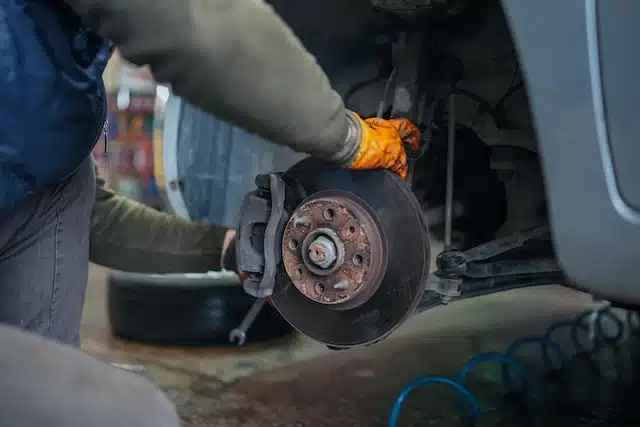
When it comes to replacing warped rotors, the costs can vary significantly depending on several factors, such as the make and model of your vehicle, the quality of the new rotors, labor costs, and whether you’re replacing front or rear rotors. Here’s a general breakdown of the potential costs you might face.
Cost Per Wheel
On average, the cost for a single rotor replacement can range between $30 to $75 for the parts alone. This price range typically covers standard rotors for many common vehicles. However, high-performance rotors or those for luxury or specialized vehicles can cost $100 or more per rotor.
Labor Costs
Labor costs also play a significant role in the total cost of rotor replacement. The amount of labor required usually depends on the complexity of the vehicle’s design. On average, you might expect to pay between $100 to $200 per wheel for labor.
Cost Per Vehicle
If you’re replacing all four rotors on your vehicle, the costs can add up quickly. For standard vehicles, you might expect to pay between $400 to $800 in total for parts and labor. However, for high-end or specialized vehicles, the cost can easily exceed $1,000.
Budget-friendly Options
If you’re on a tight budget, one option to consider is purchasing aftermarket rotors, which can be significantly cheaper than OEM (Original Equipment Manufacturer) parts. However, keep in mind that the quality and durability of these parts can vary.
DIY Replacement
For those with the necessary mechanical skills and tools, performing the replacement yourself can save on labor costs. The only expense would be the cost of the new rotors. However, it’s important to note that working on your vehicle’s braking system can be complex and requires a good understanding of the vehicle’s mechanics to ensure a safe and effective repair.
Remember, while it may be tempting to opt for the cheapest repair, your vehicle’s brakes are critical for safety. It’s important to choose high-quality parts and professional installation if you’re not fully confident in performing the repair yourself.
How to Prevent Rotors Warping
To prevent rotors from warping, follow these tips:
Proper Installation
Ensure the rotors are installed correctly and the lug nuts are torqued evenly.
Regular Maintenance
Regularly inspect and service your vehicle’s braking system to ensure it’s in good condition.
Careful Driving Habits
Avoid hard braking whenever possible, as this generates excessive heat and can contribute to rotor warping.
Repairing or Replacing Warped Rotors
If your rotors are warped, they may need to be repaired or replaced. Sometimes, a warped rotor can be repaired by a process called “resurfacing,” which involves shaving off a small layer of the rotor to make it flat again. However, if the rotor is severely warped or too thin after resurfacing, it will need to be replaced.
Remember, working with your vehicle’s braking system can be complex and potentially dangerous if not done correctly. Therefore, it’s often best to seek professional help when dealing with warped rotors.
FAQs for Rotors Warping

Q: What are the main causes of rotors warping?
A: The primary causes of rotors warping include excessive heat generated by friction during braking, uneven torquing of lug nuts, and improper installation or fitting of the rotors.
Q: How can I identify if my vehicle’s rotors are warped?
A: Symptoms of warped rotors include unusual vibrations during braking, inconsistent brake pedal feel, and abnormal brake pad wear. These signs are typically noticeable during braking.
Q: How does warping of rotors affect my vehicle’s safety?
A: Warped rotors can significantly impact the efficiency of your brakes, potentially increasing stopping distances and making the vehicle less safe to drive. They can also cause damage to other components of the braking system, leading to more costly repairs.
Q: How can I prevent my vehicle’s rotors from warping?
A: To prevent rotors from warping, ensure they are properly installed, the lug nuts are evenly torqued, and the braking system is regularly maintained. Avoid hard braking when possible, as it generates excessive heat which can contribute to rotor warping.
Q: How much does it cost to replace warped rotors?
A: The cost of replacing warped rotors can range from $30 to $75 per rotor for parts alone. Including labor, you might expect to pay between $100 to $200 per wheel. The cost can increase for high-performance, luxury, or specialized vehicles.
Q: Can I replace warped rotors myself?
A: If you have the necessary mechanical knowledge and tools, you can replace the rotors yourself, which would save you the labor costs. However, the process can be complex and potentially risky if not done correctly, so it’s often recommended to seek professional help.
Q: How often should I check and/or replace my rotors?
A: Rotors should be inspected every time you have your oil changed, or at least twice a year. The frequency of replacement depends on driving conditions and habits, but generally, rotors might need replacing every 30,000 to 70,000 miles. Always consult your vehicle’s owner manual or a professional mechanic for specific recommendations.
